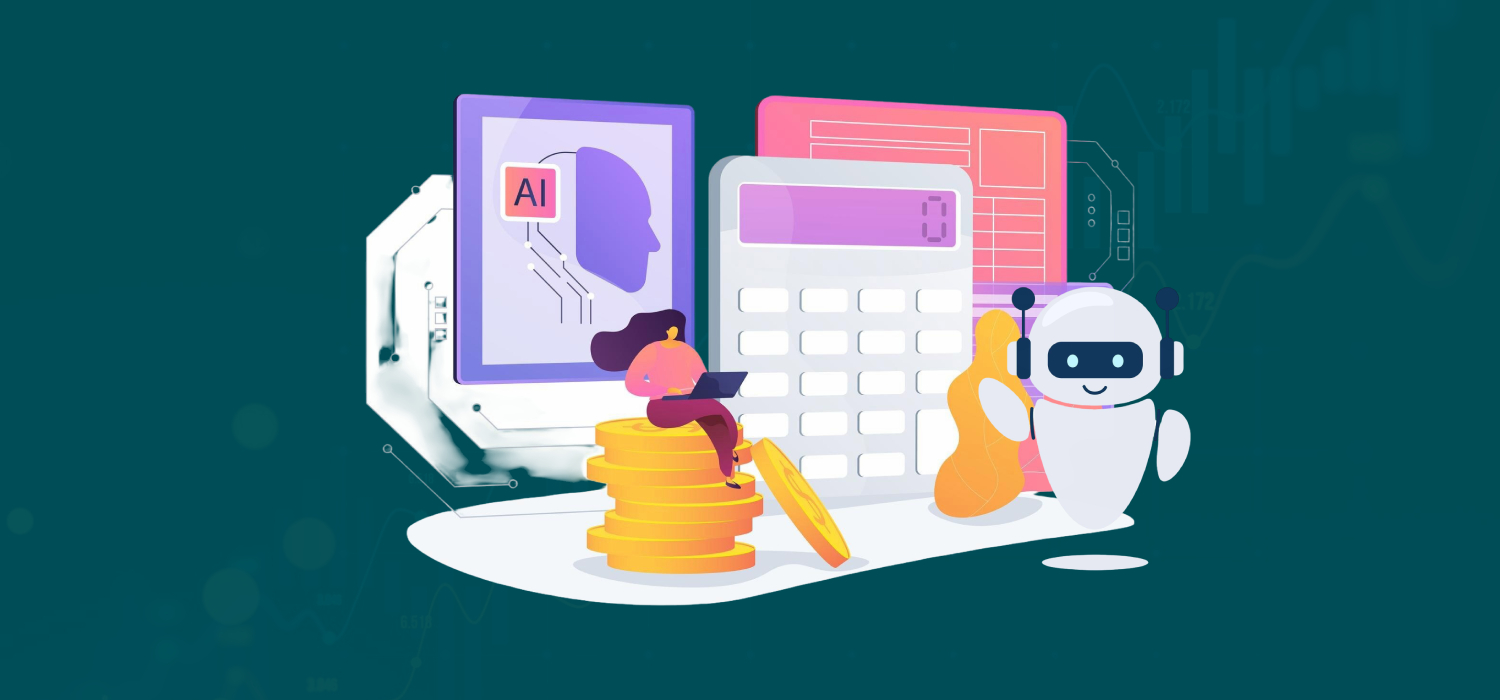How to Calculate ROI of RPA in Ecommerce?
As we navigate 2025, the ecommerce landscape is buzzing with activity, driven by a surge in online shopping and rising customer expectations.
Did you know that the global Robotic Process Automation (RPA) market is projected to reach $30.85 billion by 2030 (Garden View Research), with a significant chunk fueled by the ecommerce sector?
For ecommerce businesses, calculating the Return on Investment (ROI) of RPA in ecommerce is key to understanding its value. This blog breaks down how to calculate RPA ROI, highlights its benefits, and shares the latest trends to keep your business ahead.
What is RPA and Why Ecommerce Needs It?
Robotic Process Automation, or RPA, involves software bots that mimic human actions to automate repetitive, rule-based tasks. In the ecommerce industry, RPA outperforms in areas like order processing, inventory management, customer service, and data entry. These tasks, often time-consuming and error-prone, are perfect candidates for automation. By implementing RPA in the ecommerce sector, businesses can cut costs, boost accuracy, and free up staff to focus on strategic goals like improving customer experiences.
For example, automating order processing can reduce manual data entry, while RPA-driven customer service bots can handle inquiries 24/7. This efficiency is critical in ecommerce, where speed and accuracy directly impact customer satisfaction and loyalty.
How Do You Understand ROI in the Context of RPA?
ROI measures how much profit an investment generates relative to its cost. The formula is straightforward:
ROI = (Net Benefits / Cost of Investment) x 100%
In the context of RPA in ecommerce, costs include software licenses, development, staff training, and ongoing maintenance. Benefits, on the other hand, come from labor savings, fewer errors, faster processes, and improved customer satisfaction. Quantifying these benefits can show whether RPA is a smart investment for your ecommerce business.
What Are the Steps to Calculate the ROI of RPA in Ecommerce?
Calculating the ROI of RPA in ecommerce involves a clear, step-by-step approach. Here’s how to do it:
- Identify Processes to Automate:
Pinpoint repetitive tasks that consume significant time, such as order fulfillment, inventory updates, or customer query handling. These are prime targets for ecommerce process automation.
- Estimate Costs:
- Software Licenses: RPA tools like UiPath or Automation Anywhere require licensing fees.
- Development Costs: Whether in-house or outsourced, building bots incurs costs.
- Training: Staff need training to manage and monitor RPA systems.
- Maintenance: Ongoing support and updates ensure bots run smoothly.
- Quantify Benefits:
- Labor Savings: Automating tasks reduces the need for manual work, saving on labor costs.
- Error Reduction: Bots eliminate human errors, cutting costs associated with fixing mistakes.
- Increased Productivity: Staff can focus on high-value tasks, boosting overall output.
- Customer Satisfaction: Faster, accurate processes lead to happier customers and potentially higher sales.
- Apply the ROI Formula:
Subtract the total costs from the total benefits to get the net benefits, then divide by the costs and multiply by 100 to get the ROI percentage.
For a quick estimate, many providers offer an RPA ROI calculator. These tools let you input data like the number of processes, hours saved, and implementation costs to estimate your ROI. For instance, entering the time saved on order processing and the cost of bot development can give you a clear picture of potential returns.

What Are the Key RPA Trends and Statistics for 2025?
The RPA landscape is evolving rapidly, with ecommerce at the forefront. Here are key trends and stats for 2025:
- Market Growth: The global RPA market was valued at $3.79 billion in 2024 and is expected to grow to $30.85 billion by 2030, with a CAGR of 43.9% (Grand View Research).
- RPA Adoption: 30% of enterprises will automate more than half of their network activities by 2026 (Gartner).
- Regional Analysis: North America leads the market and is set to reach USD 9,067 million by 2030, growing at a 32.85% CAGR (Straits Research).
- Efficiency Gains: 61% of organizations say automation met or exceeded their cost-saving expectations (Market.us Scoop, 2025).
These trends highlight why RPA in the ecommerce industry is a strategic move for businesses aiming to stay competitive.
Why Choose SynapseIndia for RPA Development?
SynapseIndia stands out as a trusted partner for RPA in ecommerce. With years of experience, we offer tailored solutions that streamline operations, from order processing to customer service.
Our expertise ensures smooth integration with existing systems, maximizing ROI.
By choosing SynapseIndia, you gain access to a team dedicated to transforming your ecommerce business with cutting-edge automation.
Conclusion
Calculating the ROI of RPA in ecommerce is essential to justify the investment and plan for growth. By automating repetitive tasks, businesses can achieve significant cost savings, reduce errors, and enhance customer experiences. As the RPA market grows, now is the time to act.
Connect with SynapseIndia to explore how RPA can transform your ecommerce operations and drive measurable results.
Ready to boost your ecommerce efficiency with RPA? Contact SynapseIndia today for customized automation solutions that deliver real ROI.

 contact
contact

 By
By 


